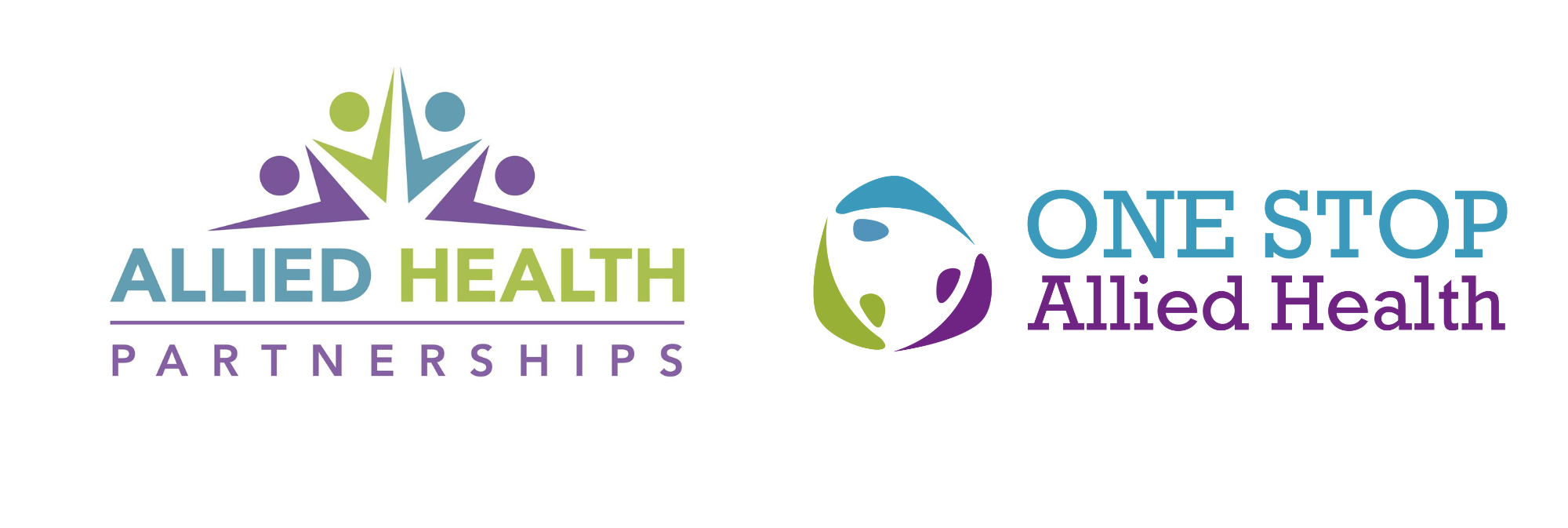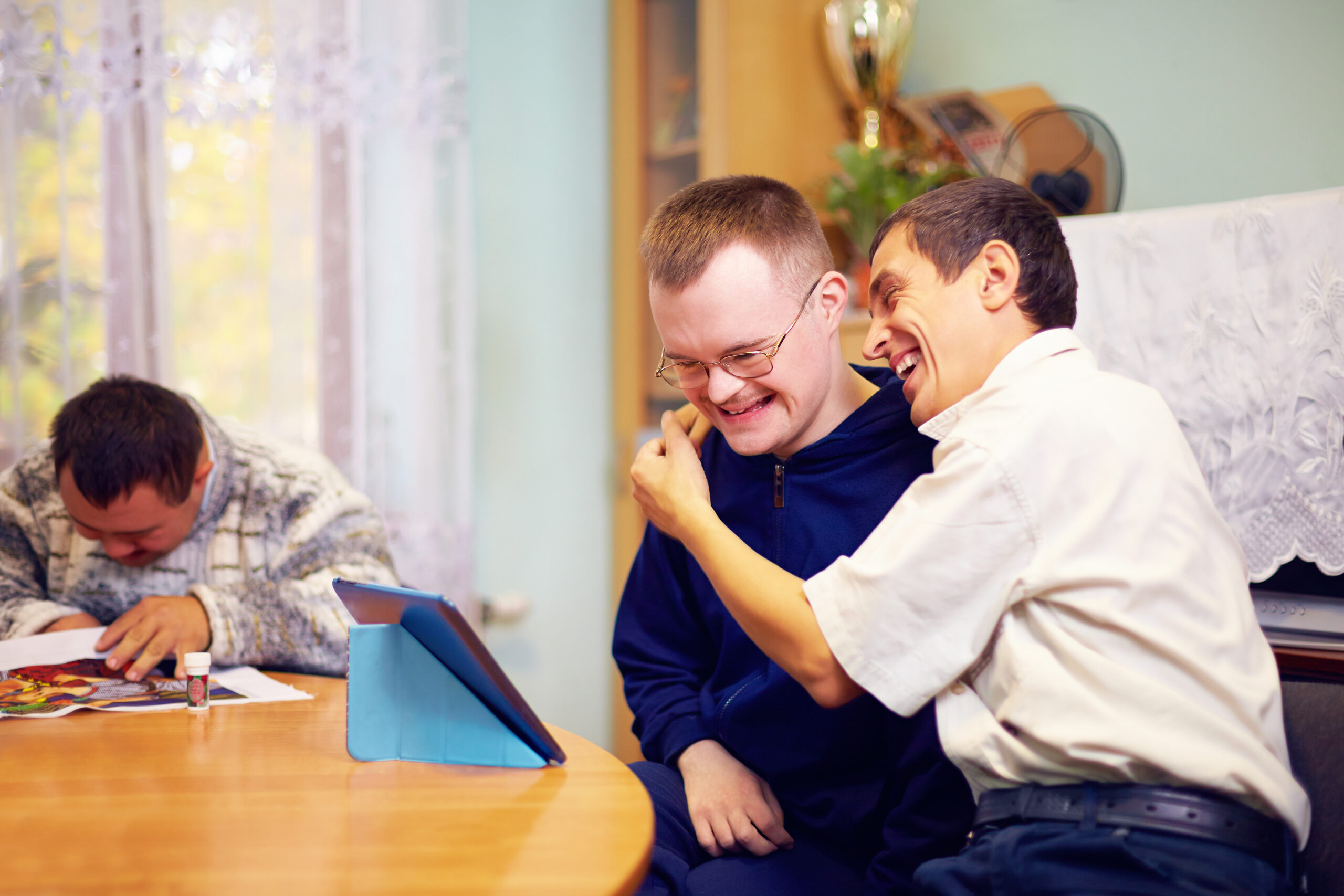By Grace Khoury-Harb (Speech Pathologist)
Communication is a fundamental human right. It allows us to express our needs, connect with others, learn, and participate in everyday life. But what happens when someone cannot rely on speech to communicate effectively? This is where AAC—Augmentative and Alternative Communication—comes in.
AAC refers to the tools, strategies, and techniques used to support or replace spoken communication. It is used by individuals of all ages who may have difficulties with speech due to conditions such as autism, cerebral palsy, Down syndrome, apraxia of speech, or other developmental and acquired disorders. AAC is not just for people who don’t speak at all. It can also help those with unclear speech, limited vocabulary, or difficulties forming sentences. Some people use AAC all the time, while others may use it as a support in specific situations (Beukelman & Light, 2020).
There are two main types of AAC: unaided and aided. Unaided AAC involves using the body to communicate—such as using sign language, facial expressions, or gestures. Aided AAC includes anything external that supports communication. This can be low-tech (e.g., communication boards or books, choice cards, picture exchange systems) or high-tech (e.g., iPads with communication apps like Proloquo2Go, LAMP Words for Life, or Tobii Dynavox Snap).
Using AAC at Home
AAC is most effective when it’s used across different environments—and home is one of the most powerful places for language learning. Parents and caregivers play a key role in building a child’s communication skills by making AAC a natural part of everyday life.
One of the most important strategies families can use is called “aided language stimulation” or modelling. This means using the AAC system with the child, not just prompting them to use it. For example, during playtime, a parent might say, “Let’s play!” while pointing to or selecting the word play on the child’s device. Over time, children learn how to use the system by watching others model communication (Porter & Cafiero, 2009).
Other practical ways to use AAC at home include:
- Offering choices using visuals (e.g., “Do you want apple or banana?”)
- Including AAC in routines like getting dressed (“shirt,” “socks,” “finished”)
- Keeping the AAC device nearby and charged at all times
- Celebrating all communication attempts—whether a word, gesture, point, or button press
It’s also important to be patient. Language learning takes time, especially with AAC. Consistent, encouraging interactions are key to success.
Using AAC in Schools
In school settings, AAC is essential for supporting access to learning, peer interaction, and participation in classroom routines. When used effectively, AAC helps students to:
- Answer questions
- Share ideas
- Participate in group work
- Make choices
- Express emotions
- Build social relationships
Educators and support staff can encourage AAC use by integrating it into everyday learning. For instance, they might use a visual schedule to support transitions, model vocabulary during shared reading, or adapt lessons using symbols and images. Access to core vocabulary—words like go, stop, want, help, and more—is especially powerful, as these are flexible and used across many contexts (ASHA, 2024).
To be successful, schools need to adopt a team approach, involving teachers, teacher aides, speech pathologists, occupational therapists, and families (Lacono et al., 2016). Consistency across home and school helps AAC users feel confident and supported.
It’s also essential to promote a culture of acceptance. AAC should not be seen as a “last resort” but as a valid and respected form of communication. Every child deserves a voice.
Final Thoughts
AAC is not just about giving someone a “voice”—it’s about giving them access to the world. When AAC is supported at home and in school, individuals can learn, express themselves, and build meaningful relationships. Whether it’s using a simple picture board or a dynamic communication app, AAC helps people say what they want, when they want, in the way that works for them.
By embracing AAC, we’re not just supporting communication—we’re promoting inclusion, independence, and dignity for all.
References
American Speech-Language-Hearing Association. (2024). Augmentative and alternative communication (AAC). https://www.asha.org/public/speech/disorders/AAC/
Beukelman, D. R., & Light, J. C. (2020). Augmentative and alternative communication: Supporting children and adults with complex communication needs (5th ed.). Paul H. Brookes Publishing.
Iacono, T., Trembath, D., & Erickson, S. (2016). The role of augmentative and alternative communication for children with autism: Current status and future trends. Neuropsychiatric Disease and Treatment, 12, 2349–2361. https://doi.org/10.2147/NDT.S95902
Porter, G., & Cafiero, J. M. (2009). Effective use of AAC: Practical strategies for supporting students with autism spectrum disorders. In P. A. Prelock (Ed.), Autism spectrum disorders: Issues in assessment and intervention (pp. 141–164). Pro-Ed.

